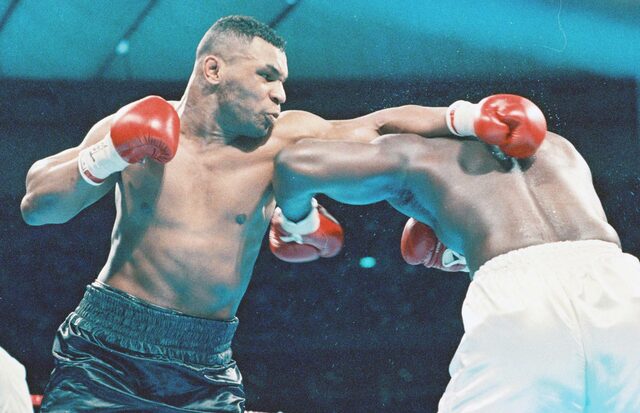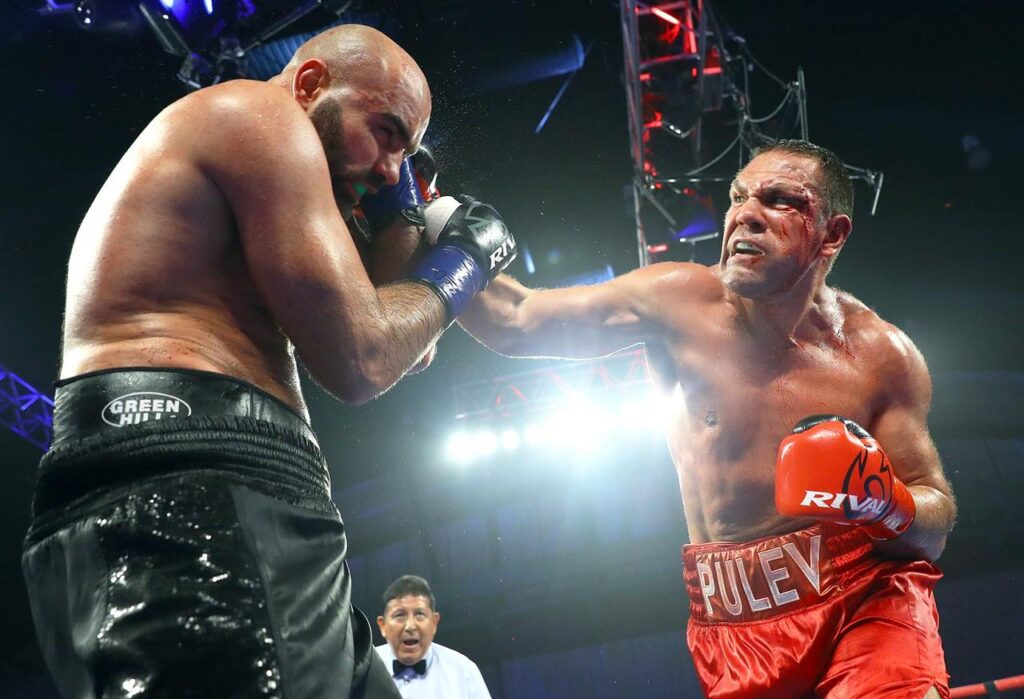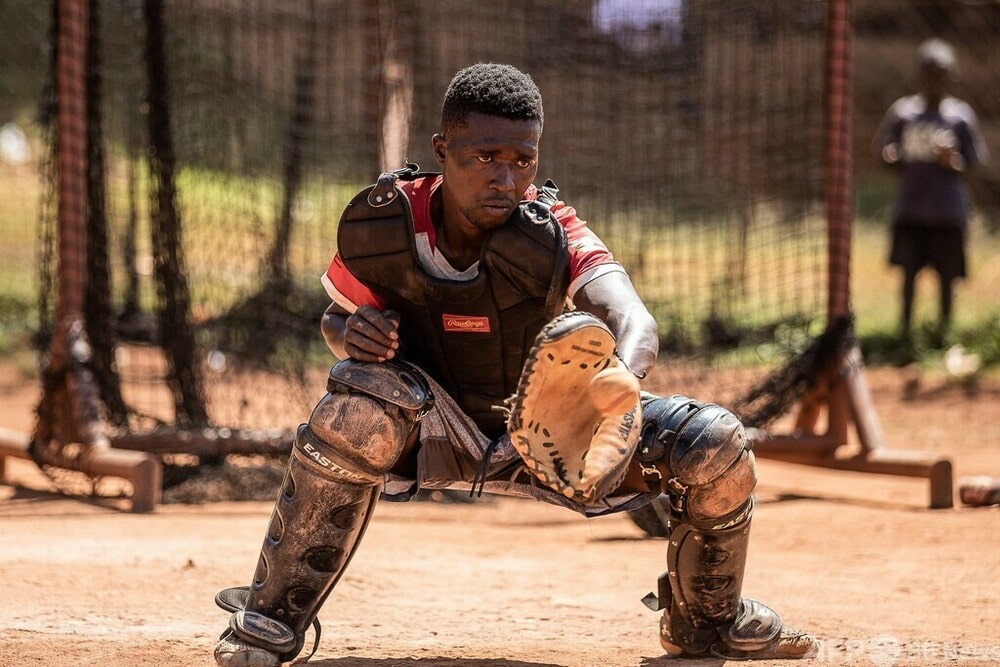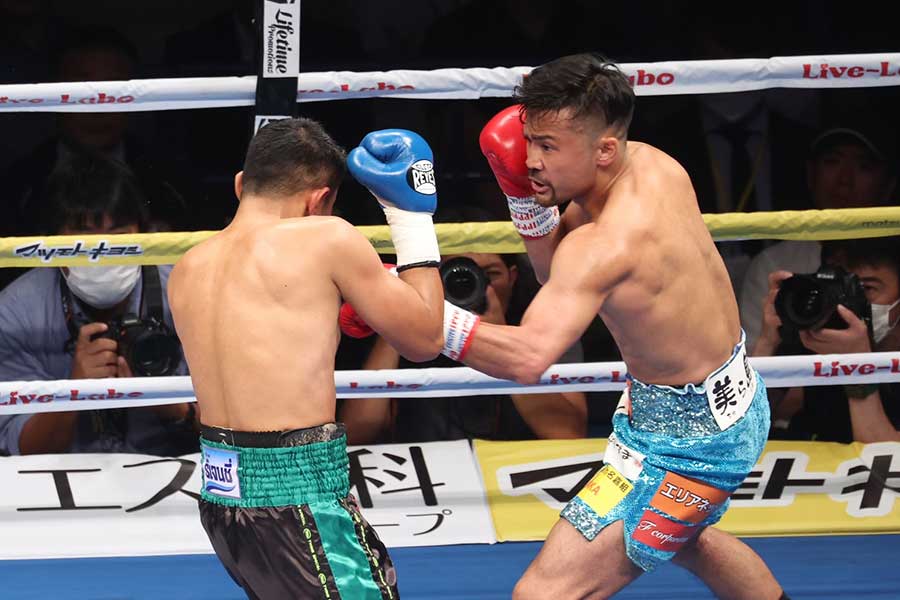
Kendo is one of Japan’s traditional martial arts, and its spirituality and techniques are spreading throughout the world.
As more and more people enjoy this martial art, it is very important to increase safety awareness.
In particular, accurate information and preventive measures regarding the risk of brain damage in Kendo are essential knowledge for athletes, instructors, and parents.
In this article, we will explain in detail how to enjoy Kendo safely, based on the latest research results related to Kendo and brain damage.
From how to choose safety equipment to practice methods and preventative measures to prevent injuries, please use this guide as a guide to keep Kendo safer and more enjoyable.
目次
Introduction: What is Kendo?
Basics of Kendo and its history
Kendo is a martial art that evolved from Japan’s samurai culture, and its origins date back hundreds of years.
Swordsmanship was originally refined as a practical skill, but with the advent of a peaceful era, it changed to serve as a means of moral and spiritual training.
Modern Kendo uses bamboo swords (shinai) and armor, and competes in skill in a match format held under certain rules.
Kendo techniques focus on both attack and defense, and basic techniques are learned through kata (kata).
The popularity of Kendo and its cultural significance
Kendo is widely practiced both in Japan and abroad, and people of all ages participate, from elementary school students to the elderly.
There are many international competitions, and there are fans and practitioners from all over the world.
Kendo has great cultural significance; it is more than just a sport or competition; it symbolizes Japan’s spiritual culture, which values politeness, self-discipline, and spiritual unity.
Kendo is also an activity that is respected in educational settings, as its philosophy and training are thought to have a positive impact on character development.

What is the safety equipment for Kendo?
Types and characteristics of armor
The protective gear used in Kendo is essential for swordsmen to practice and compete safely. It mainly consists of four parts:
- Men : The mask that protects the head consists of a hard metal part called mengane to protect the head and face from blows, and a thick cloth cushion to absorb shock.
- Torso : Equipment to protect the chest, torso, and abdomen.It is characterized by a part called the torso made of hard material and cushions placed around it.
- Kote : A piece of equipment to protect the hand and forearm.It covers the area from the wrist to the fingertips, and is designed not to restrict the movement of the wrist.
- Tare : A piece of equipment that protects the waist and thighs, and its role is to protect the lower back from heavy blows.
These armors are specially designed to ensure safety and performance in Kendo, with each piece of armor working properly to provide overall protection.
How to wear the correct equipment
Wearing Kendo protective equipment correctly is very important for safe practice. The correct way to wear it is as follows:
- Wearing the mask : Use the men strap to secure the mask to the head. By properly tying the mentobi at the back of the head, it will keep the men in place.
- Wearing the torso : Use the torso strap to secure the torso to your body. Tie the torso strap at the front of your torso and adjust it to fit snugly to your body.
- Wearing the Kote : Place the Kote on your hand and securely secure it at the wrist. Adjust while checking the balance between ease of movement and protection.
- Wearing the tare : Wrap the tare around your waist and tie the string tightly in front. Proper placement of the tare ensures protection from the waist to the thighs.
Wearing these protective gears accurately can effectively prevent injuries that may occur during Kendo practice.
In addition, all armor requires proper maintenance, and regular checks and replacement as necessary are recommended.

Risk of brain damage in Kendo
Reasons to worry about brain damage
In kendo, blows are made using a bamboo sword, so there are certain parts where blows, especially to the head, are unavoidable.
Kendo masks (bogu) are designed to protect the head, but powerful blows or continuous shock can still affect the brain despite adequate protection.
As the force of the blow is transmitted to the brain, there is a risk of anything from a mild concussion to severe brain damage, so safety measures and learning the correct techniques are important.
Current research and statistical data
Although specific research on brain damage in kendo is still limited, important information can be gleaned from research on concussion risk in sports in general.
For example, a study comparing concussion rates with those of other contact sports has shown that the risks associated with Kendo cannot be ignored.
Although the exact statistics on accidents and injuries in kendo vary depending on the kendo federation and sports safety organization in each region of Japan, there is a need for stronger safety measures.
Understanding these risks and taking countermeasures is essential to enjoying Kendo safely.
Kendo organizations and research institutes are encouraged to develop more effective protective gear and improve striking techniques, as well as to establish a system for regular health checkups and prompt medical response.

Safety measures in Kendo
Safety protocols during practice
Safety is the top priority when practicing Kendo. Establishing and implementing effective safety protocols can minimize the risk of injury. Below are the key elements of safety protocols when practicing Kendo:
- Warm up and cool down : A thorough warm up before practice and cool down after practice prevents muscle injuries and promotes flexibility and recovery.
- Accuracy of technical instruction : Learning correct hitting and defensive techniques is important to prevent injury. Inaccurate technique can cause injury not only to yourself but also to your opponent.
- Use of Proper Protective Gear : Protective gear is the core of Kendo safety equipment and must be used properly at all times. Armor should be inspected and adjusted appropriately.
- Preparing the practice environment : It is important that the dojo floor is non-slip and that there is sufficient space. Also, keep your surroundings tidy and tidy so that there are no dangerous objects.
- Thoroughly monitor your physical condition : Check the physical condition of your players before practice, and don’t push them too hard if they are tired or have health issues.
Role of mentors and coaches
Instructors and coaches in Kendo play an important role not only in providing technical guidance but also in safety management. Specific responsibilities and roles are as follows:
- Conduct safety education : Educate new and young players on Kendo safety rules and how to prevent injuries.
- Developing a practice plan : Plan a practice menu tailored to the age and skill level of your players to manage the risk of excessive fatigue and injury.
- Emergency response plan : You should have a plan in place for first aid and necessary medical attention in the event of an injury or accident.
- Maintaining communication : It is important to communicate regularly with athletes and their parents to increase safety awareness and deepen understanding of athletes’ physical and psychological states.
These safety measures, combined with the active role of instructors, will help participants accept Kendo as a safer and more enjoyable sport.

Precautions to prevent injuries in Kendo
Effective stretching and strength building
Proper stretching and strengthening your physical strength are essential to preventing injuries in Kendo. This can increase your flexibility and improve the endurance of your muscles and joints.
- Stretch : Stretching before practice improves muscle flexibility and blood flow, reducing the risk of injury. It is recommended that you focus on stretching your hips, knees, shoulders, and neck in particular.
- Strengthening your physical strength : Kendo uses many parts of your body, so training that increases your overall physical strength is effective. In particular, strengthening the strength of your abdominal muscles, back muscles, and legs will increase the stability of your strikes and improve your balance ability.
Technical advice to reduce injuries
Improving technical precision is also an important factor in reducing the risk of injury in Kendo.
- Mastering basic techniques : Mastering correct hitting techniques and foot movements is directly linked to injury prevention. Improper technique can cause unnecessary strain or injury to yourself or your opponent.
- Control of sparring : It is important to be aware of control when sparring during practice. Stay safe by avoiding excessive force and prioritizing technical accuracy.
- Instructor Feedback : Having regular technical checks under your instructor’s supervision to identify areas for improvement can reduce your risk of injury.
By incorporating these precautions into your practice, you will be able to enjoy Kendo more safely.
Regular medical checkups and proper rest are also essential elements to prevent injuries.

Expert opinion on Kendo safety
Advice from doctors and experts
In order to improve the safety of Kendo, advice from a medical perspective is extremely important. Doctors and sports medicine experts offer advice such as:
- Recommended regular health check-ups : Health check-ups are conducted before starting Kendo and periodically to ensure that the athlete is in good physical condition to continue Kendo safely. In particular, athletes with a history of concussions require careful monitoring.
- The importance of proper rest and recovery : Getting enough rest during the training process helps you recover and prevent injuries. Especially after intensive training, it is recommended to ensure the necessary rest to promote recovery of the body.
- Use of Shock Absorbing Materials : As technology advances in modern Kendo armor, it is recommended to use materials with higher shock absorbing properties. This can reduce damage, especially from blows to the head.
Guidelines for safe Kendo practice
The following guidelines will help you practice Kendo safely:
- Emphasis on technical precision : Accurate technical practice is fundamental to minimizing injuries in Kendo. It is important for instructors to ensure that players have the correct posture and batting techniques.
- Practice matches at the appropriate level : It is important to practice matches that match the player’s skill level and physical strength. Over-practicing or inappropriate levels of sparring increase the risk of injury.
- Establishing an emergency response protocol : In the unlikely event of an injury or accident, you are required to establish an emergency response protocol and keep a first aid kit in your dojo.
By following these guidelines and expert advice, you can create a safe environment for enjoying Kendo.
These safety measures are also extremely important in order to maximize the mental and physical benefits that can be gained through Kendo.

Advice for parents and new Kendo players
What you need to know before starting Kendo
Before starting Kendo, you need basic knowledge and preparation. It is important to understand the following points:
- Basic understanding of Kendo : Kendo is not just a sport, but a martial art that values morality and etiquette. Having a basic understanding of the spirit and history of Kendo is the foundation for starting Kendo.
- Choosing the right dojo : When learning Kendo, it is important to choose a dojo where you can receive safe and high-quality instruction. Check the dojo’s equipment, instructor’s experience and qualifications, and practice environment in advance.
- Health Check : Especially if you have heart disease or respiratory problems, it is important to consult a doctor to ensure that Kendo practice is suitable for you.
Points to note when children participate in Kendo
When children start Kendo, special precautions are required:
- Age-appropriate instruction : It is important that instruction is tailored to the child’s developmental stage. You should choose instruction that promotes spiritual growth, not just technological advancement.
- Thorough safety measures : Unlike adults, children are more prone to injury. It is necessary to pay attention to the correct fit and quality of the protective equipment, to ensure safety during practice, and to regularly inspect and adjust the protective equipment.
- Parental support and involvement : Parents’ active involvement in Kendo practice can support their child’s motivation. Also, encourage your child’s interest and continued commitment to Kendo by observing practices and participating in events at the dojo.
Starting Kendo is a great opportunity for both children and adults to grow physically and mentally.
Please refer to these tips and start a safe and enjoyable Kendo life.

Summary and future of Kendo
The future of Kendo and efforts to improve safety
Kendo is a traditional martial art that is still loved by many people today, and its future is bright. However, in order to continuously guarantee this, further improvements in safety are required. Advances in technology, improved safety equipment, and innovations in teaching methods are key to achieving this goal.
- Promoting innovation : Innovating Kendo techniques and teaching methods will enable safer and more effective training. It is especially important to develop educational programs that emphasize the safety of children and beginners.
- Improving and disseminating equipment : It is necessary to utilize the latest science and technology to develop and disseminate higher performance and safer protective equipment. This greatly improves safety not only during competitions but also during practice.
- International cooperation and information sharing : As Kendo spreads internationally, it is desirable to deepen cooperation with Kendo organizations in each country and promote the sharing of information and know-how regarding safety.
Kendo is not just a sport, it has value as a martial art that promotes spiritual growth.
In order to enjoy it safely, a constantly evolving attitude is required.
If each of us increases our safety awareness and uses appropriate training and equipment, Kendo will continue to be passed down to the future in an even more beautiful and safe form.
We would like to ask our readers to understand and support these efforts to improve the safety of Kendo.
Our mission is to protect and develop the charm of Kendo together.





